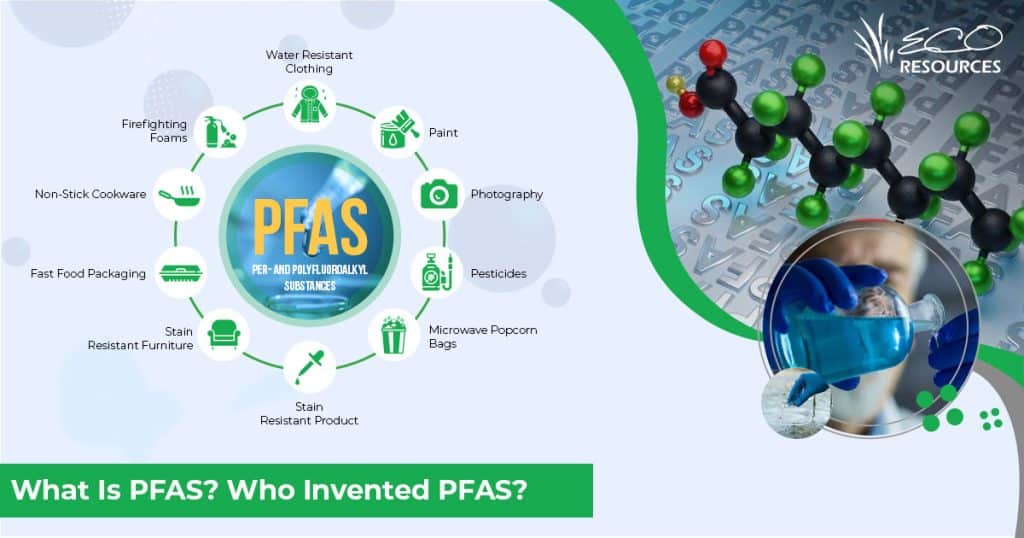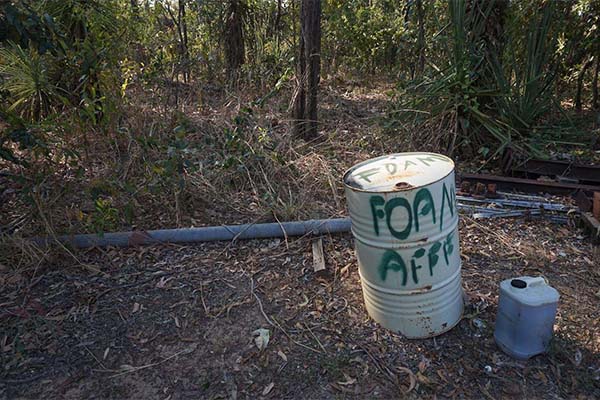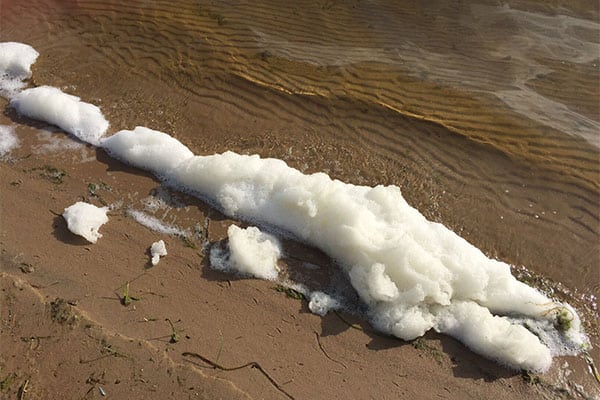

PFAS, short for per- and polyfluoroalkyl substances, is a group of over 4000 chemicals that have been in use since the 1950s. You can find PFAS in various everyday items such as:
These substances pose a significant challenge due to their persistence in the environment, meaning they stick around for a long time after use, causing potential harm.
PFAS enters the environment primarily through landfill sites where products containing these chemicals end up. From there, they seep into the ground and surface water, leading to contamination.
Several investigations are ongoing globally, including in Australia, to understand and address PFAS contamination. Exposure to PFAS raises concerns about its impact on human health and wildlife.

The story of PFAS traces back to DuPont’s invention of Teflon, a non-stick coating. However, it was 3M that became the main manufacturer of PFAS compounds.
In 1947, 3M invented a specific PFAS compound known as perfluorooctanoic acid (PFOA), also called C8.
To minimise exposure to PFAS, here are some practical steps you can take:

Despite their widespread use, it’s crucial to take proactive steps to reduce forever chemical exposure. Ongoing research, advocacy efforts, and governmental regulations are essential to address forever chemical contamination and protect public health.
Stay informed, support companies adopting PFAS-free practices, and advocate for sustainable alternatives. In conclusion, forever chemicals are a complex issue with significant environmental and health implications.
By being mindful of our choices and advocating for change, we can work towards reducing the impact of forever chemicals on our lives and the planet. Take action today, and join initiatives like Eco Resources in Western Australia (WA) to promote sustainable practices and minimise the use of forever chemicals.
Together, we can make a difference!
Related Articles:

Kristy Sumich is the owner and director of Eco Resources, a prominent waste management and recycling service in Western Australia. With deep industry knowledge and hands-on operational experience, Kristy is dedicated to providing sustainable solutions in waste management.
All rights reserved © Eco Resources. Website by Selling Online Made Simple. Sitemap.